Retro Replay Review
Gameplay
Captain Planet and the Planeteers delivers a straightforward yet engaging platforming experience, drawing clear inspiration from the Turrican series. You spend the first five levels controlling each Planeteer in turn, utilizing their elemental powers—Fire, Water, Wind, Earth, and Heart—to overcome environmental hazards and defeat enemies. Each character’s unique ability adds a layer of strategy: for example, Water can douse flames blocking your path, while Earth shatters rock barriers that impede progress.
The level design strikes a balance between linear forward momentum and occasional branching routes, encouraging exploration without overwhelming younger players. Missions such as “Save the Seals” task you with locating and freeing trapped animals, while “Fix the Ozone Layer” has you collecting special items to repair protective atmospheric shields. Though the objectives are simple, they feel varied enough to keep the gameplay loop fresh.
Controls are tight and responsive, with each Planeteer’s power mapped intuitively to a single button. A limited health meter and occasional environmental damage obstacles demand caution, but generous checkpoint placement helps keep frustration at bay. In the final stage, you morph into Captain Planet, combining all five powers into spectacular attacks that give a satisfying crescendo to the experience.
Multiplayer is absent, which may disappoint friends looking to team up, but the solo campaign length feels appropriate for its target audience. Speedrunners and completionists can aim to collect hidden tokens scattered throughout the levels, adding replay value beyond the core narrative missions. Overall, the gameplay proves accessible to newcomers while offering enough elemental interplay to entertain seasoned platformer fans.
Graphics
The visual style of Captain Planet and the Planeteers evokes classic 16-bit platformers with bright, cartoon-inspired pixel art. Backgrounds brim with vibrant forests, polluted factories, and ice caps, each reflecting the game’s environmental themes. The color palette shifts appropriately between levels, from the fiery reds and oranges of volcanic zones to the muted grays of industrial wastelands.
Character sprites are well-animated, capturing the distinctive looks of the Planeteers and their super-powered leader. Enemies range from oil-slicked robots to toxic sludge monsters, each animated with enough frames to feel lively without taxing the game’s performance. When you summon Captain Planet, a brief transformation cutscene highlights your new look in a flourish of green and blue pixels.
Particle effects for elemental powers—such as flickering flames or swirling gusts of wind—are simple but effective, offering clear visual feedback for your actions. The HUD remains clean and unobtrusive, showing health bars and collected items without cluttering the screen. Occasional slowdown occurs in the busiest rooms, but it never hampers your ability to navigate or respond to threats.
While the graphics won’t rival modern HD titles, they succeed in faithfully evoking the nostalgic charm of early ’90s platformers. For fans of retro aesthetics or those who grew up with the cartoon series, the game’s pixel art strikes just the right balance between playful and purposeful.
Story
Captain Planet and the Planeteers adheres closely to its cartoon roots, presenting a simple narrative centered on preserving the planet’s health. Each level begins with a brief text introduction explaining the ecological crisis at hand—be it an oil spill threatening marine life or a thinning ozone layer exposing Earth to harmful rays. This context helps tie gameplay objectives to a broader environmental message.
Cutscenes are sparse but charming, featuring stylized art reminiscent of the TV show’s opening credits. Planeteer characters exchange short quips before and after missions, reinforcing their personalities without bogging down the action. These interludes maintain the game’s brisk pace while still offering moments of character-driven lightheartedness.
The story arc culminates in the transformation into Captain Planet, a satisfaction payoff that feels well-earned after mastering each Planeteer’s skill set. Though boss encounters are predictable—typically involving overgrown pollution creatures or mechanized henchmen—they provide just enough narrative weight to punctuate each world’s conclusion.
Ultimately, the story works best as framing device rather than deep drama. It emphasizes teamwork, ecological responsibility, and heroism in a way that’s accessible to younger players, while nostalgia seekers will appreciate the faithful nods to the classic cartoon series.
Overall Experience
Captain Planet and the Planeteers offers a charming, family-friendly platforming adventure that successfully channels both its cartoon origins and classic side-scrolling influences. The game’s moderate difficulty curve and clear mission objectives make it an appealing pick for younger audiences or fans of lighthearted retro titles. At the same time, veteran platformer players will find enough elemental variety and token-collecting challenges to stay engaged.
Replay value comes from discovering secret areas, mastering each Planeteer’s abilities, and unlocking Captain Planet’s final stage. While the lack of multiplayer or deeper RPG mechanics may limit long-term engagement, the core single-player campaign delivers a satisfying two- to three-hour experience—perfect for weekend gaming sessions or educational tie-ins about environmental stewardship.
Sound design, featuring upbeat melodies and simple sound effects, complements the visual style without overshadowing gameplay. The environmental message is woven in organically, encouraging players to think about ecology while navigating tricky platforming sequences. Even if the narrative remains light, its themes resonate through every level.
For prospective buyers seeking a wholesome, colorful platformer with a positive message, Captain Planet and the Planeteers stands out as a worthy choice. It may not break new ground, but its nostalgic charm and accessible design make it an enjoyable and meaningful addition to any retro-inspired library.
 Retro Replay Retro Replay gaming reviews, news, emulation, geek stuff and more!
Retro Replay Retro Replay gaming reviews, news, emulation, geek stuff and more!
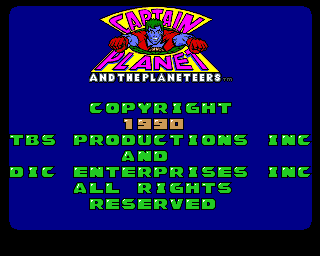
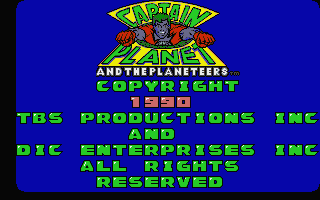
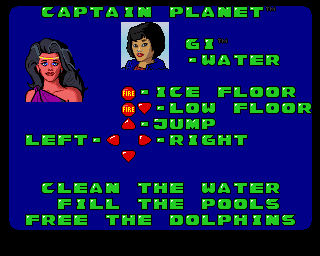
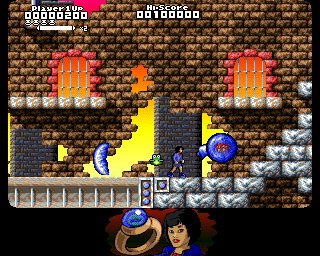

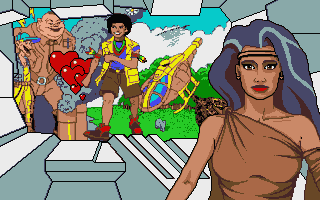


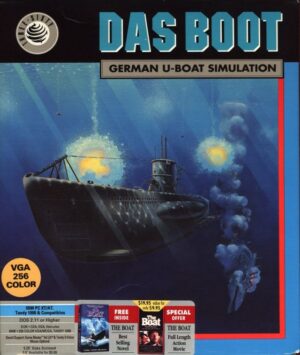
Reviews
There are no reviews yet.